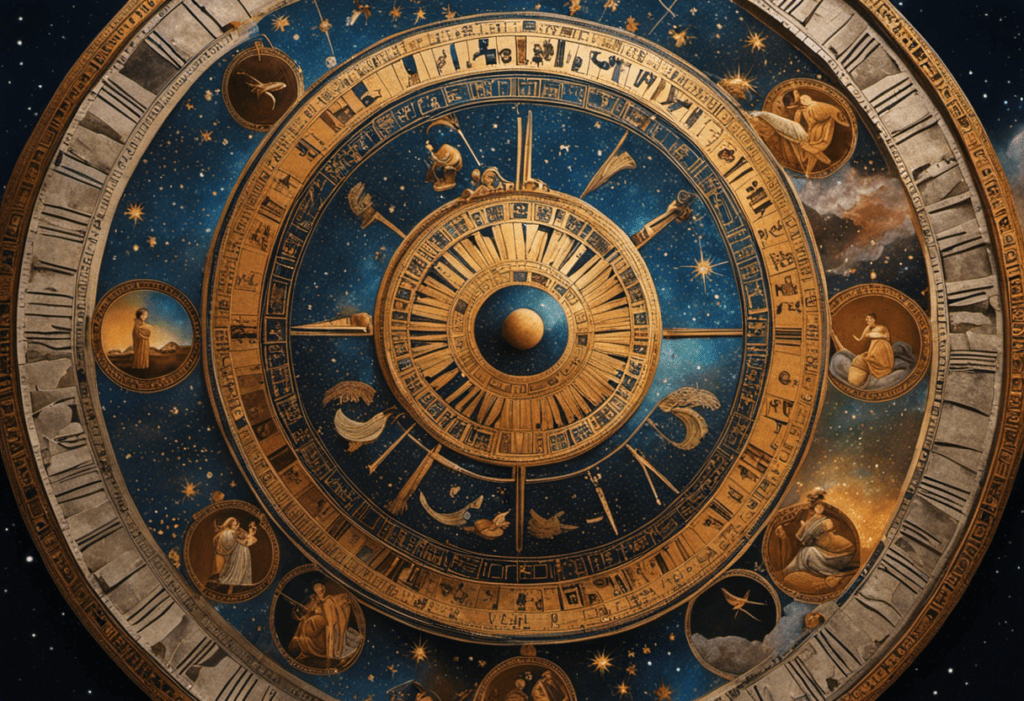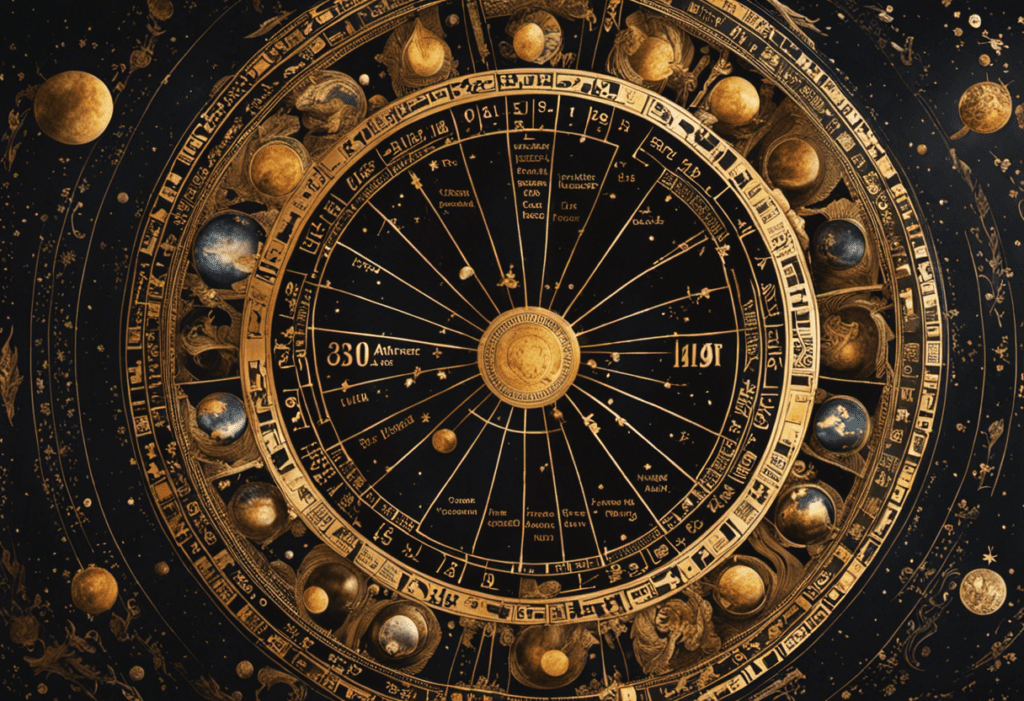In the intricate tapestry of timekeeping, Ancient Greece wove a remarkable thread known as intercalation. Like an artist skillfully adding brushstrokes to a masterpiece, the Greeks employed this method to harmonize their lunar and solar calendars.
This article delves into the art of intercalation, exploring the challenges faced, methods employed, and the profound impact it had on ancient Greek society. By unraveling the secrets of this ancient practice, we gain a deeper understanding of how the Greeks meticulously crafted their calendar system.
Key Takeaways
- Lunar-Solar Misalignment and the Need for Intercalation: The misalignment between the lunar and solar calendars in ancient Greece led to difficulties in predicting seasons and agricultural events. Intercalation methods were developed to reconcile these calendars and maintain a balance between lunar and solar cycles.
- Methods of Intercalation: The ancient Greeks used various methods of intercalation to synchronize their lunar-based calendar with the solar year. The Metonic cycle involved adding a 13th month every two to three years, while embolismic months were inserted irregularly based on observations of the moon and changing seasons. Some city-states used proleptic intercalation, adding a month at the end of a year instead of in the middle.
- Role of Astronomy in Intercalation: Ancient Greek astronomers played a crucial role in intercalation by making careful observations and precise calculations. They studied the motions of celestial bodies such as the Sun, Moon, and stars to understand patterns and cycles. Complex calculations were devised to predict when intercalary months should be inserted into the calendar, ensuring its synchronization with lunar and solar cycles.
- Impact of Intercalation on Agricultural Practices and Religious Festivals: Intercalation allowed the Greeks to align their calendar with agricultural seasons, leading to better timing of sowing, planting, and harvesting and boosting agricultural productivity. Additionally, intercalation played a crucial role in maintaining the accuracy of religious festivals, ensuring that ceremonies and celebrations aligned with celestial events.
The Lunar-Solar Misalignment: Understanding the Challenge
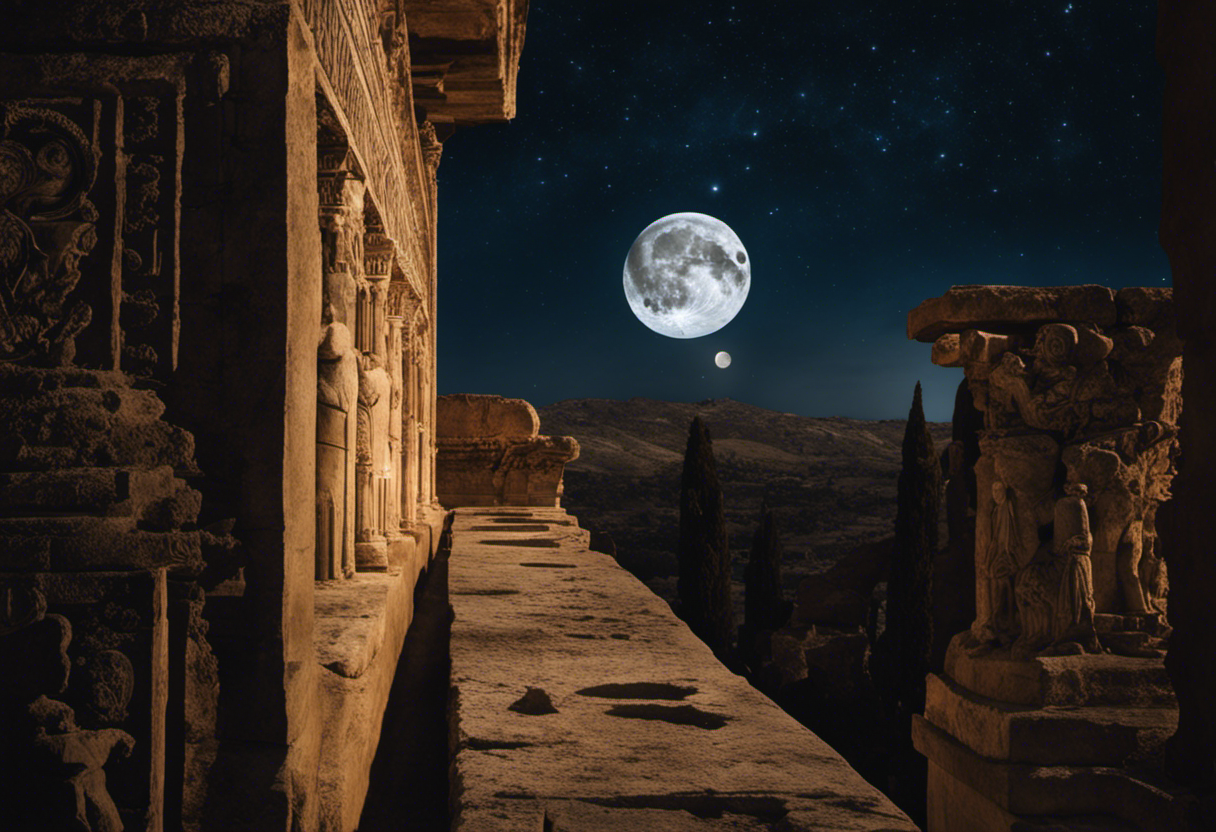

The lunar-solar misalignment presented a significant challenge for the ancient Greeks in their efforts to synchronize the lunar and solar calendars. The ancient Greeks relied on both the lunar and solar calendars for different purposes, with the lunar calendar being used for religious and agricultural events, and the solar calendar for civil affairs. However, the lunar month is approximately 29.5 days long, while the solar year is about 365.25 days long. This misalignment meant that the lunar months did not align perfectly with the solar year, leading to a gradual drift and making it difficult to accurately predict the changing seasons and agricultural events.
To address this challenge, the ancient Greeks developed various intercalation methods to reconcile the lunar and solar calendars. Intercalation involved adding extra days or months to the calendar to bring it back into alignment with the solar year. One of the most commonly used intercalation methods was the Metonic cycle, named after the Greek astronomer Meton. This cycle consisted of adding seven intercalary months over a 19-year period, effectively synchronizing the lunar and solar calendars. Other intercalation methods included the Callippic cycle, which added intercalary days, and the Octaeteris, which added an intercalary month every two years.
Ancient Greek Calendar: A Brief Overview
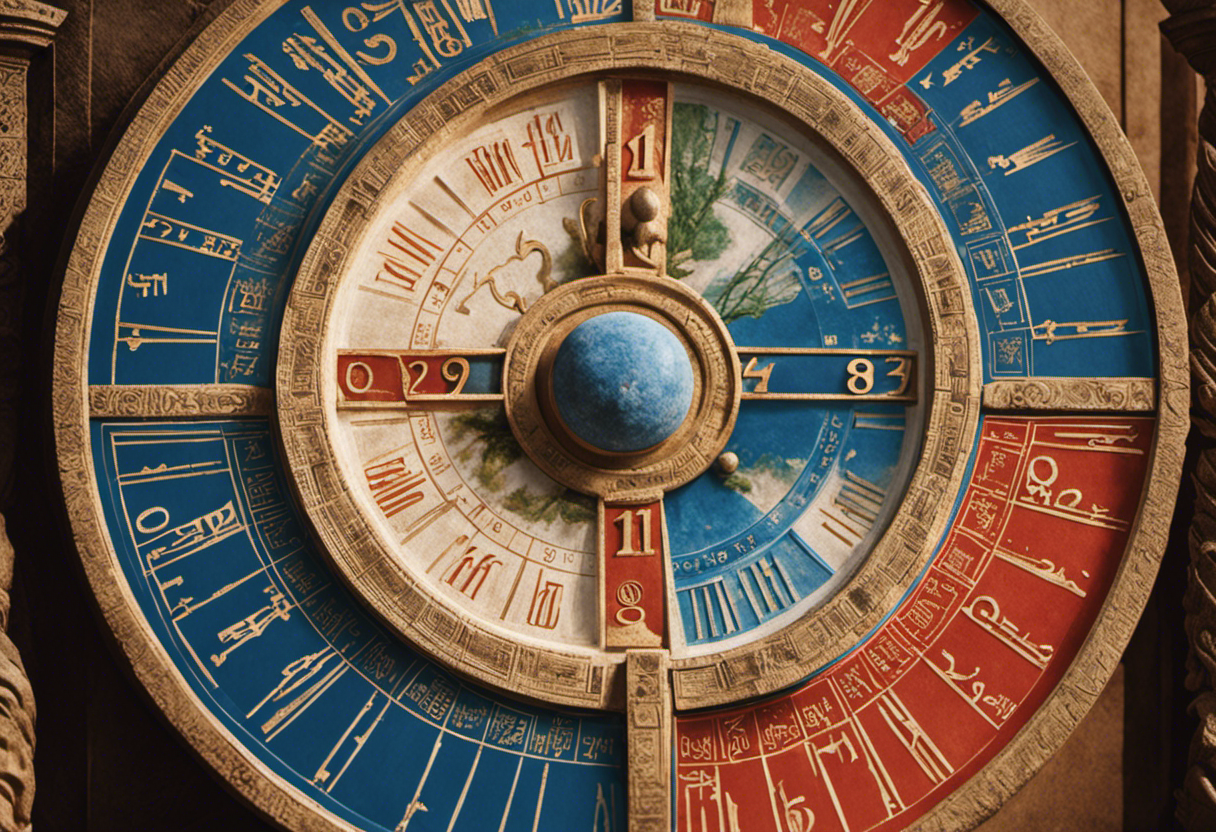

An important aspect of the ancient Greek calendar was its division into a combination of lunar and solar cycles, allowing for a comprehensive tracking of time.
The Greek calendar was primarily based on the lunar cycle, with each month corresponding to the time it took for the moon to complete a full revolution around the Earth. However, the Greeks also recognized the importance of aligning their calendar with the solar year, which is the time it takes for the Earth to complete one orbit around the Sun.
To achieve this, the Greeks introduced intercalary months, which were additional months inserted into the calendar to synchronize it with the solar year. These intercalary months were added periodically to ensure that the Greek months remained aligned with the changing seasons.
This system of intercalation was crucial for ancient Greek timekeeping, as it allowed them to maintain a reliable and accurate calendar that helped them organize their agricultural activities, religious festivals, and other important events in their society.
The Need for Intercalation: Balancing Lunar and Solar Cycles
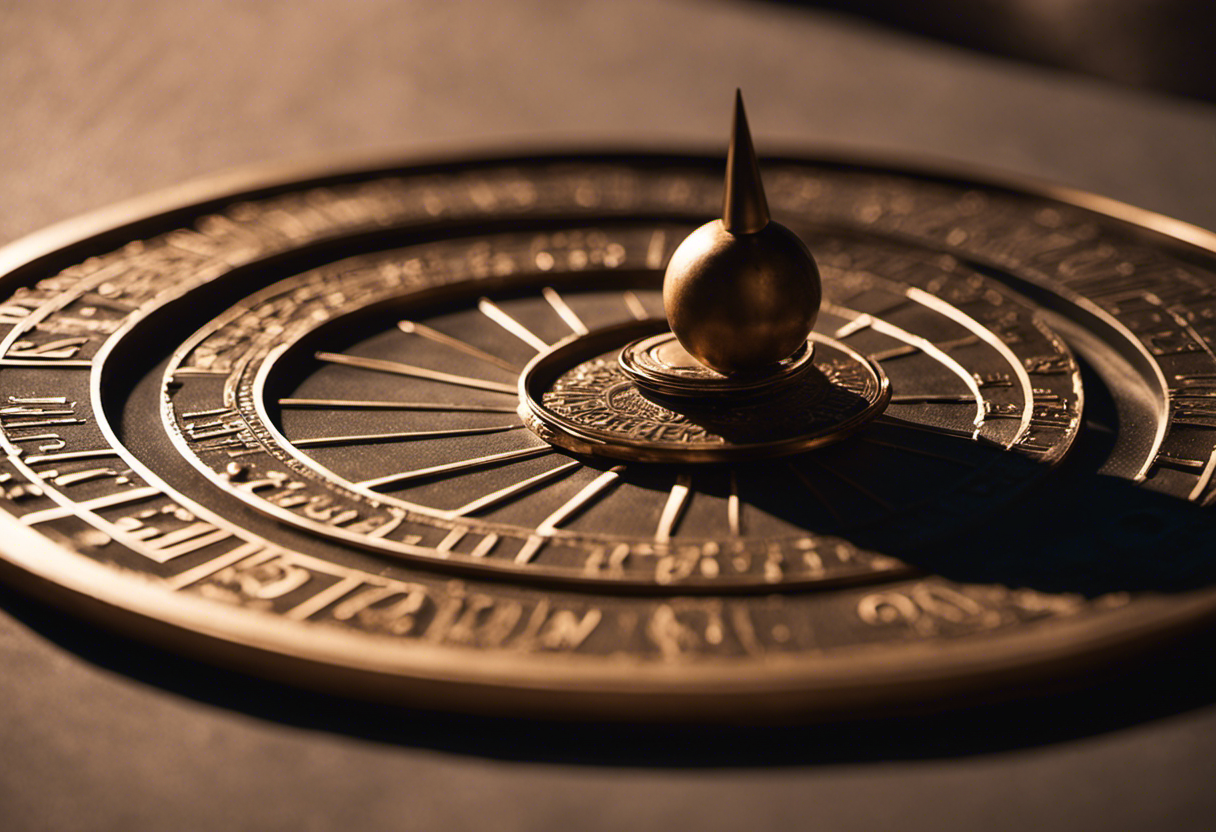

The ancient Greeks faced the challenge of synchronizing their lunar calendar with the solar year. The lunar cycle consists of approximately 29.5 days, while a solar year consists of approximately 365.25 days. This misalignment led to the need for intercalation, the insertion of extra months, to maintain a balance between the lunar and solar cycles.
Intercalation was necessary because if the lunar calendar was used on its own, it would quickly fall out of sync with the seasons. The Greeks developed various methods to handle this issue, with different city-states implementing their own systems. One common method was to add an extra month every two or three years. This allowed the lunar calendar to catch up to the solar year and maintain the accuracy of the calendar.
The decision on when to add the intercalary month was often made by priests or religious leaders, who had the authority to make adjustments to the calendar. This process was not always precise and could lead to discrepancies over time. Eventually, the Romans introduced their own calendar, which was based solely on the solar year, and it became the dominant calendar in the Western world.
Despite its challenges, the ancient Greek calendar played a significant role in their society. It was used to determine religious festivals, agricultural activities, and even political events. The need for intercalation highlights the importance the Greeks placed on maintaining a harmonious relationship between their calendar and the natural cycles of the sun and moon.
Lunar and Solar Synchronization
Lunar and solar synchronization plays a crucial role in the development of a balanced calendar system. In order to achieve an accurate and reliable calendar, ancient civilizations had to make adjustments to align the lunar and solar cycles.
The lunar cycle, based on the moon’s phases, is approximately 29.5 days long, while the solar year, based on the Earth’s orbit around the sun, is roughly 365.25 days. This discrepancy creates a challenge in maintaining a calendar that accurately reflects both cycles.
To address this, various methods of calendar synchronization were employed, such as intercalation, which involved adding extra days or months to the calendar periodically.
Challenges of Calendar Alignment
How did ancient civilizations overcome the challenge of aligning the lunar and solar cycles in their calendars, and what role did intercalation play in achieving this balance?
Calendar reform has always been a topic of great importance in human history. Ancient civilizations faced the challenge of aligning their lunar and solar cycles in order to ensure the accuracy of their calendars.
The need for intercalation, the addition of extra days or months to the calendar, arose from the discrepancy between the lunar year (approximately 354 days) and the solar year (approximately 365 days). By intercalating additional days or months, ancient societies could reconcile the two cycles and maintain a more accurate calendar.
This practice of intercalation played a crucial role in achieving a balanced and synchronized calendar system. Understanding the historical context and challenges faced by ancient civilizations can provide valuable insights into the development of our modern calendar system.
Methods of Intercalation: Exploring Different Approaches
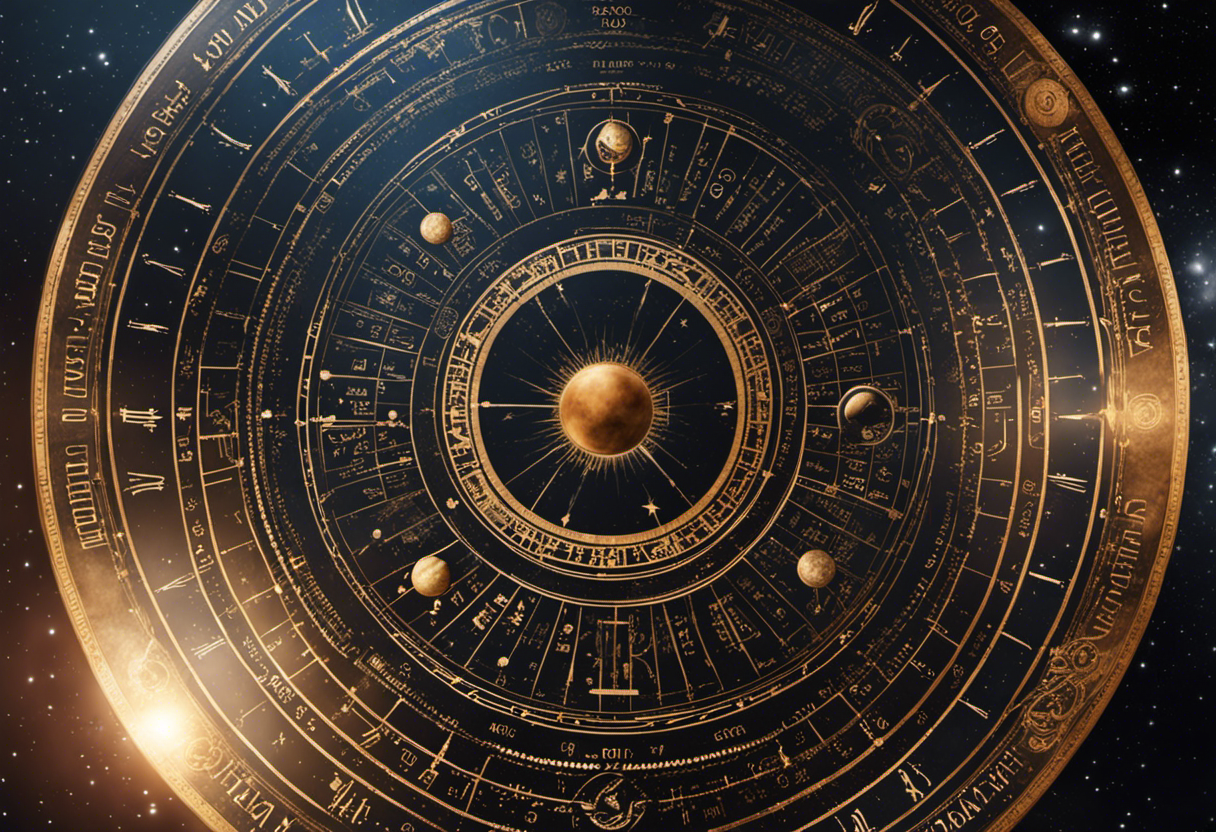

By considering various historical records and archaeological evidence, researchers have uncovered diverse methods of intercalation employed by ancient Greek societies to incorporate additional months into their calendar system. These different methods hold great historical significance as they provide insight into the complexity and adaptability of the ancient Greek calendar.
One method of intercalation used by the ancient Greeks was the Metonic cycle. This method, named after the Greek astronomer Meton, involved adding a 13th month called ‘Poseidon’ every two to three years. This cycle was based on the synchronization of the lunar and solar calendars and allowed for a more accurate alignment of the lunar months with the solar year.
Another method involved the use of embolismic months, which were inserted to reconcile the lunar and solar calendars. These additional months were inserted irregularly, based on observations of the moon and the changing seasons. The decision to add an embolismic month was made by the high priests, who were responsible for maintaining the calendar.
Additionally, some city-states in ancient Greece employed a system of proleptic intercalation, where a month was inserted at the end of a year instead of in the middle. This method allowed for a more flexible adjustment of the calendar to accommodate changes in the lunar and solar cycles.
The various methods of intercalation used by ancient Greek societies demonstrate their sophisticated understanding of astronomy and their ability to adapt their calendar to align with the natural cycles. These methods not only ensured the accuracy of their calendar but also reflected the importance of timekeeping in ancient Greek society.
The Role of Astronomy: Observations and Calculations
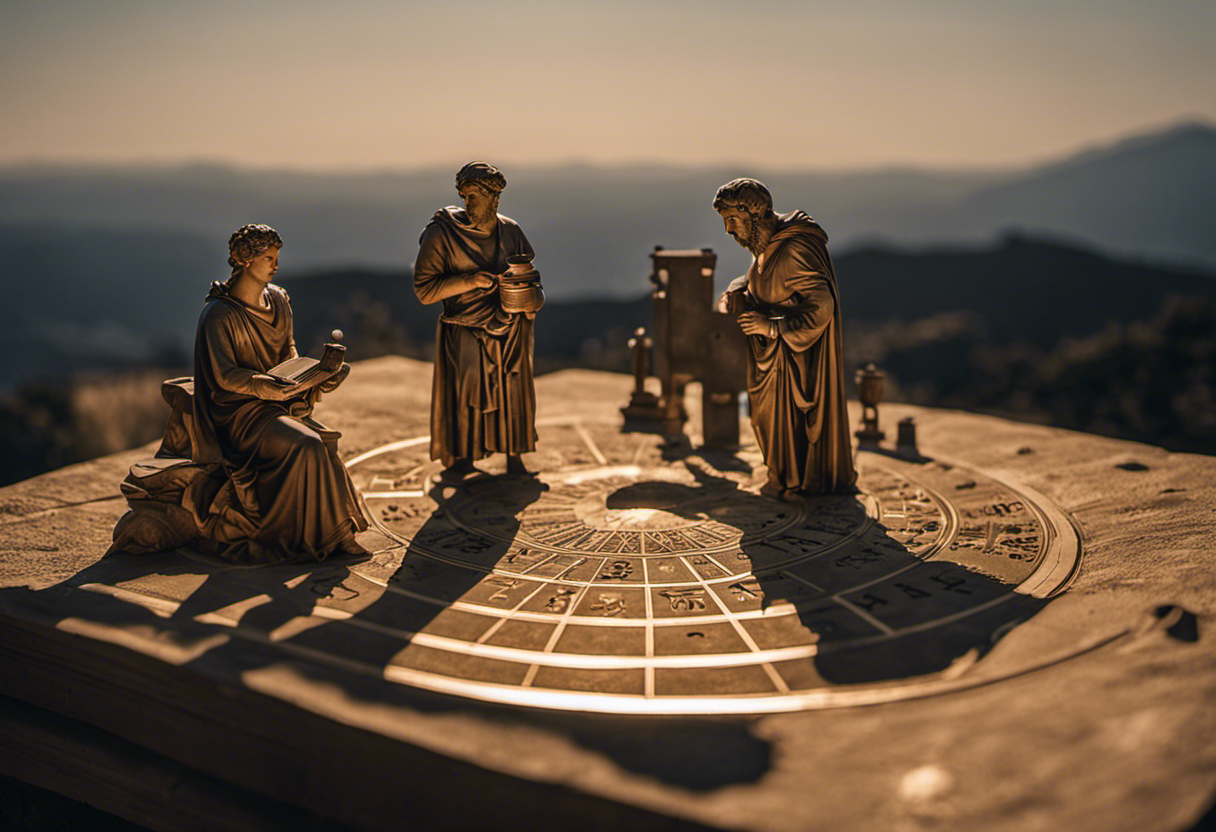

Through careful observations and precise calculations, ancient Greek astronomers played a pivotal role in determining the optimal times to intercalate months into their calendar, ensuring the alignment of lunar and solar cycles. The Greeks recognized the importance of astronomical observations in tracking celestial events and their relationship to timekeeping. They observed the movements of celestial bodies such as the Sun, Moon, and stars to understand the patterns and cycles that governed the passage of time. These observations provided the basis for their celestial calculations, allowing them to predict the positions and phases of celestial bodies with great accuracy.
By studying the motions of the Moon, Greek astronomers determined that the lunar month, which is approximately 29.5 days, did not align perfectly with the solar year, which is about 365.25 days. This misalignment meant that the Greek calendar would gradually drift out of sync with the seasons if left unadjusted. To rectify this, astronomers devised complex calculations to determine when intercalary months should be inserted into the calendar. By carefully observing and calculating the movements of celestial bodies, they were able to accurately predict the optimal times for intercalation, ensuring that their calendar remained synchronized with both the lunar and solar cycles.
The role of astronomical observations and celestial calculations in the Greek calendar highlights the sophisticated understanding of the cosmos that ancient Greek astronomers possessed. Their meticulous observations and precise calculations allowed them to maintain a calendar system that accurately reflected the passage of time and the celestial events that shaped it.
Impact and Legacy: How Intercalation Shaped Ancient Greek Society
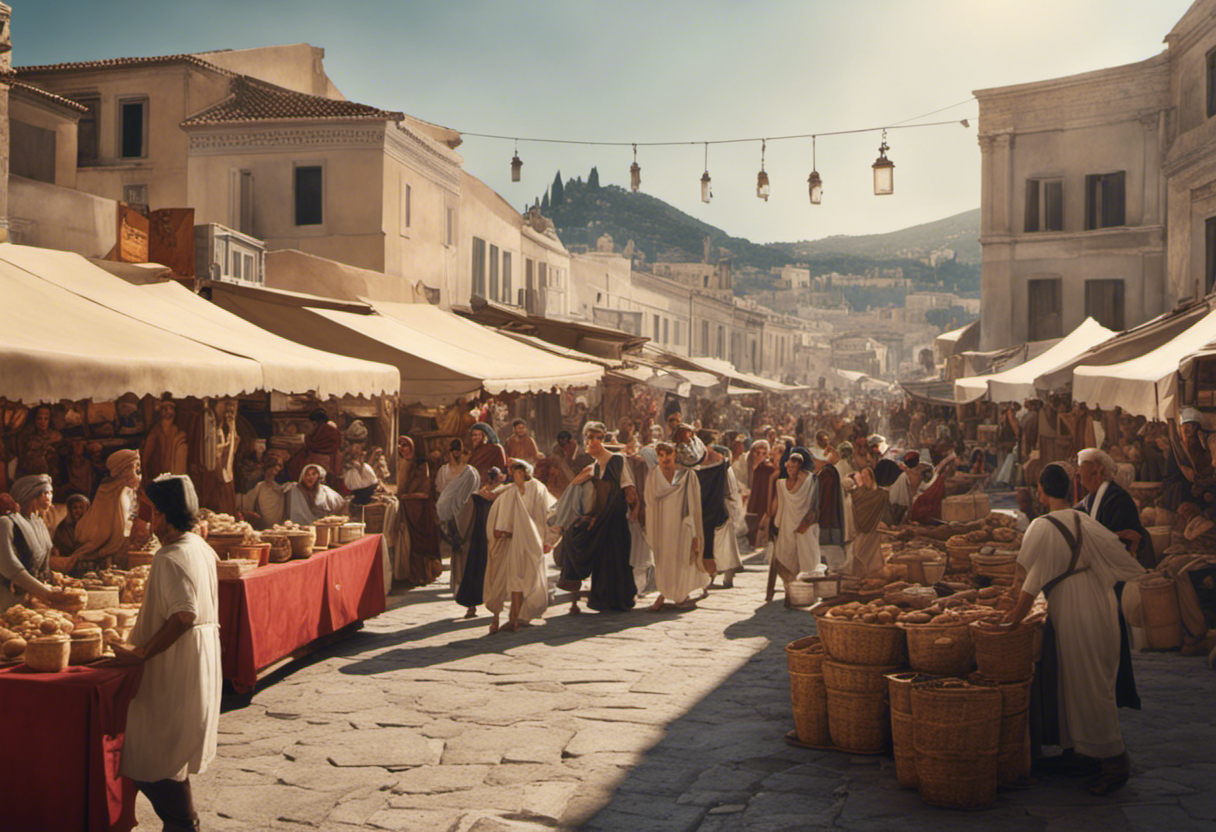

As a result of the careful implementation of intercalation, the ancient Greek society experienced a profound impact on various aspects of their daily lives. The cultural significance of intercalation can be seen in the following ways:
- Agricultural Practices: Intercalation allowed the Greeks to align their calendar with the agricultural seasons, ensuring that important farming activities such as sowing, harvesting, and planting were carried out at the appropriate times. This synchronization boosted agricultural productivity and contributed to the overall prosperity of the society.
- Religious Festivals: The Greek religious calendar was closely tied to the lunar cycle, and intercalation played a crucial role in maintaining the accuracy of religious festivals. By inserting extra months when necessary, the Greeks ensured that religious ceremonies and celebrations aligned with the correct celestial events. This enhanced the spiritual and cultural experiences of the Greek people, reinforcing their shared beliefs and fostering a sense of community.
The impact of intercalation on Greek society was far-reaching, influencing their agricultural practices and religious observances. This careful adjustment of the calendar allowed the Greeks to maintain a harmonious relationship with the natural world and their spiritual beliefs, contributing to the cultural richness and social cohesion of ancient Greek society.
Conclusion
In conclusion, the practice of intercalation in ancient Greece played a crucial role in harmonizing the lunar and solar cycles, ensuring the accuracy of their calendar system.
Through a combination of astronomical observations and calculations, the Greeks developed various methods of intercalation.
This meticulous approach to timekeeping had a profound impact on Greek society, allowing for the coordination of religious festivals, agricultural activities, and civic affairs.
Intercalation can be seen as a testament to the ingenuity and precision of the ancient Greeks in their quest for temporal harmony.

